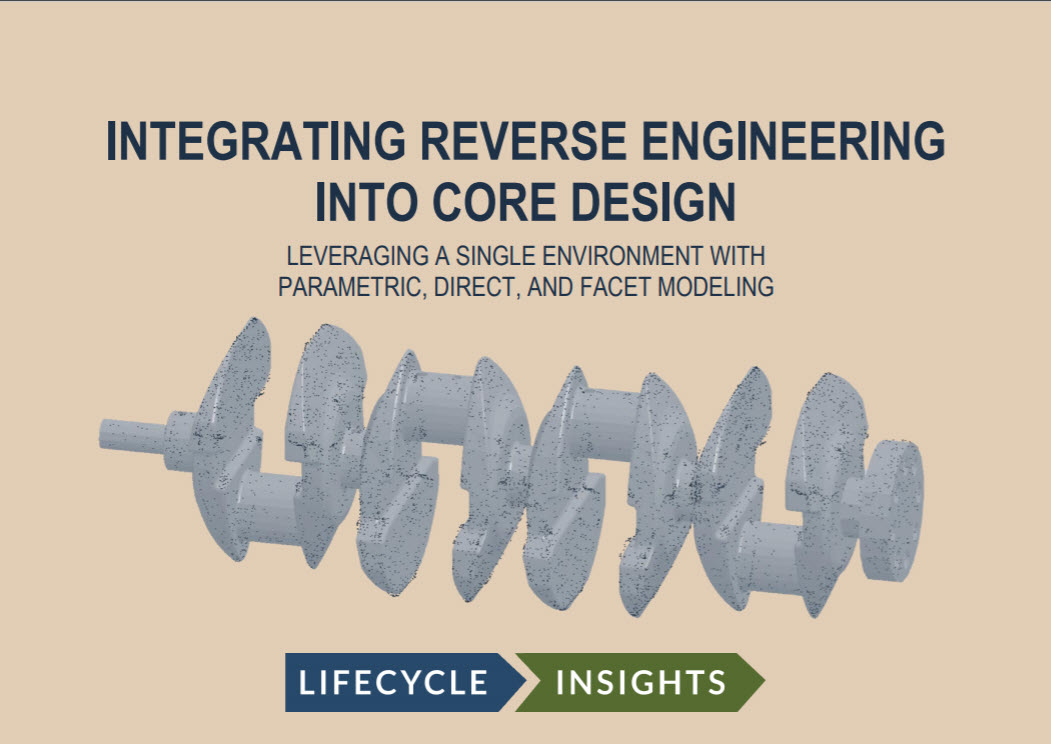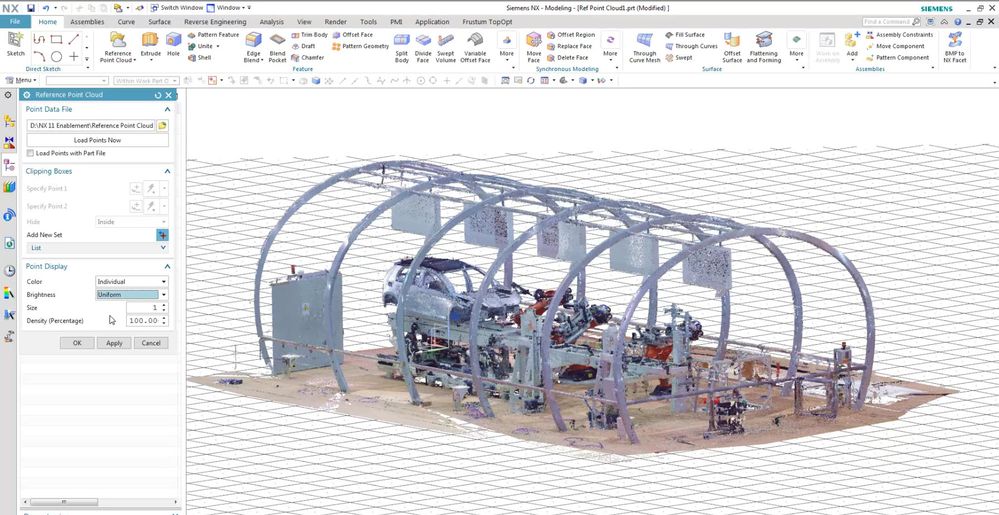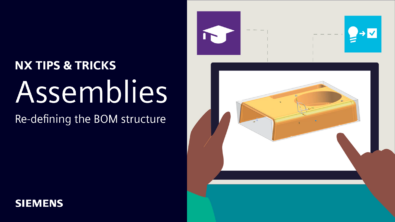Integrating Reverse Engineering into Core Design

Jess Rebrukh who interned with the NX Design marketing team this summer wrote this blog post. In it, she shares her perspective on reverse engineering along with how we at Siemens PLM Software are working to make this part of the design process easier and more accessible to everyone, so that you can achieve greater innovation in your day-to-day designs.
 Scanned data can be brought in to NX using the Reference Point Cloud option in NX 11 and later versions.
Scanned data can be brought in to NX using the Reference Point Cloud option in NX 11 and later versions.
When I was young and naïve, I saw reverse engineering as a fairly simple concept. To me, it was just the breakdown of something that already existed in order to better understand it, and then build something similar with just a few alterations. It seemed as though people were just trying to justify the creation of something new out of a pre-existing object or idea with a new skin. However, the more I learned about reverse engineering, the more I began to realize that it is so much more complex and important to human innovation and discovery. What I had originally associated with laziness is actually a process by which people learn and strive to better their old creations. It drives industries and major corporations, helps engineers find issues in design, aids in the conception and development of products so that they may be improved upon, and so on. This concept is such a useful tool, and there are many ways to go about utilizing it. Yet reverse engineering can be a time consuming and tedious process, so like any with tool, it only seems fitting that we try to make it as user friendly as possible. Siemens wants to help people better understand what reverse engineering can accomplish and how it can be used in computer-aided design software.
To address these issues and possible solutions when it comes to bringing reverse engineering into digital modeling platforms, Siemens PLM Software teamed up with Chad Jackson to create an e-book that explores these topics.
In “Integrating Reverse Engineering into Core Design,” Jackson opens with an explanation about why reverse engineering would need to be applied in CAD software to begin with. He lists that sometimes “the product or component was developed before good configuration and control practices were put into place,” or “an organically shaped design is first developed physically and needs to be converted into a digital definition.” Jackson goes on to shed some light on how reverse engineering can be utilized in concept design, detailed design, and prototyping and testing. Within the sphere of CAD, each of those areas contain a series of similar steps. Often, items are scanned and a model is formed with mesh geometry. Those models are then converted, so that engineers may then form and shape it into a more desirable design.
Jackson also addresses some of the bigger issues with utilizing CAD software to reverse engineer products. Often, when an item is scanned, the geometry must undergo the long process of being converted into a model with points that engineers can interact with directly. Models are transferred over to different formats, and it takes people time to go in and convert the original scans into something malleable. The conversion process also opens up the possibility of errors, as information is passed back and forth. NX solves these problems by offering a single environment for the mesh geometry to be quickly and easily converted into a model that you can interact with. Convergent Modeling is the term specific to NX for mesh or facet modeling, by which engineers can work directly with scanned data and other mesh geometry. CAD software has gotten better at making the process of reverse engineering easier on its users and allowing them to cut the amount of time they spend on a model significantly. Consider a process that formerly took you 4 weeks being reduced to just a matter of hours. That is the time saving possibility of this new technology, available first in NX.
This E-book is free, available to anyone who wishes to download it. Check out the full book Integrating Reverse Engineering into Core Design. Siemens will continue to work with Chad Jackson as he works to release the next two books in this three part series.


